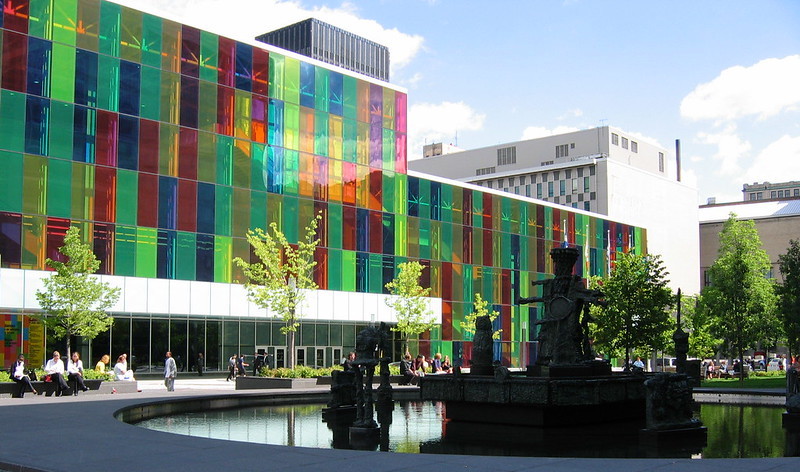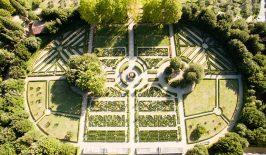A technology called AuREUS , which uses waste materials to turn UV light into electricity, even without direct sunlight, has won the James Dyson Award’s first-ever Sustainability Prize.
Solar power generation, despite its many benefits, has obvious limits: when the sun doesn’t shine, you can’t produce energy. This problem of ‘intermittency’ is common to many forms of renewable energies, and is one of the reasons that even well-meaning governments have been unable to completely wean their countries off fossil fuels. With the recent invention of the AuREUS technology – this could be about to change.
AuREUS, which was developed by 27-year-old Filipino student Carvey Ehren Maigue from Mapúa University, stands for Aurora Renewable Energy & UV Sequestration. The invention takes its name from the Aurora Borealis (the Northern Lights), as it is inspired by the physics of this natural phenomenon, where luminescent atmospheric particles absorb high energy UV light, which then degrades into a lower energy visible light. Similarly, one key strength of the AuREUS system is that it is able to utilise stray UV light, and convert that into renewable energy, unlike traditional solar panels, which trap mainly visible and infrared light.
Carvey Ehren Maigue developed the system by extracting “organic luminescent compounds” from plant waste – discarded fruit and vegetables to be more precise. These compounds, which absorb UV light and convert it into visible light, are then suspended in resin sheets. The re-emitted light is reflected to the edges of the sheets, and is in turn converted into electricity using solar PV cells attached around the edges of the panels. The electricity can be either used immediately or stored.
UV light is all around us, and in cities particularly – as it bounces off glass buildings, pavements and other surfaces. Though traditional solar cells cannot capture ultraviolet rays, Maigue’s technology has found a way to utilise this excess UV. He first came up with the idea after noticing that his glasses, which react to UV light, darkened even on cloudy days.
The potential benefits of the AuREUS technology are manifold. Panels of this type are expected to be able to produce energy 50% of the time – much higher than the 15-22% of regular solar panels. Glass buildings and skyscrapers in city centres could potentially be completely covered in them, effectively turning them into huge vertical solar farms. And the fact that the luminescent compounds are extracted from plant material means that it offers a new opportunity to put food waste, a massive global problem, to good use. This is particularly useful in Maigue’s native Philippines, where in recent years vast quantities of crop yields have been damaged due to extreme weather conditions caused by climate change. By finding a new use for this crop waste, it could provide a useful source of revenue for many destitute farmers.
In the future, Maigue imagines expanding the application of AuREUS by turning its substrates into different light-weight forms, which could be used to cover a whole host of other things – including vehicles, aircraft and even clothes.




